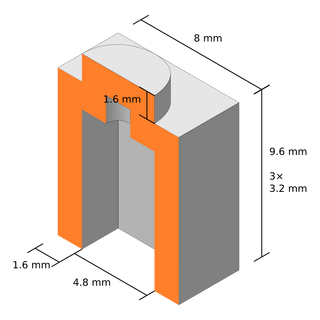

Minifigures typically come packaged as three separate parts in LEGO sets: head, torso/arms/hands, and hips/legs. (I am now wondering if I should've put the fillets on a parameter.A basic minifigure is composed of several separate essential LEGO pieces: head, torso, arms, hands, hips, and legs.

And define more detail that you think you'll need. Take a look at my #data brick and a regular brick to see how it all fits together. It may take a little time to set up in the beginning, but it makes every aspect of creating repetitive features magnitudes easier and quicker. This is how I create those angles "wing" plates. Keep in mind that individual components of an array can be suppressed. All I have to do it edit those parameters and the brick is now the correct size. Now I copy that file to create a 2x4 brick. Example: Say I create a 2x2 brick using those parameters. These are used in the basic brick size and to array the studs. For these, I created "knobsh" and "knobsv" (bad names, I know). I also created non-imported parameters for the square-arrayed bricks. Every file that imported that parameter will now be updated to reflect that 7.9 either upon opening the brick or by hitting "rebuild all". If I decide later that bricks should be 7.9mm, I simply go back to the #data brick and change that parameter for "lu". Example: I create all my bricks by importing the "lu" parameter and using that dimension for the appropriate features. This is the standard 1x1 (8.0mm) brick measurement explained in Part 01 (). In my #data brick I use "lu" for a one-stud unit. The user would create a "name" for a common feature. * The creation of parameters will vary with different software, but the usage should be identical. If I need to edit a parameter 5 years down the road and I don't remember what they all do, I have a visual brick that I can verify my changes with. When using a text-based file, you have to keep track of the parameters and names through memorization or with notes. I chose to create a part (IPT) to import from as I thought it would be easier to maintain visually. All of my projects include a #data brick. These can be pulled from external documents like XML or XLS, or internally in a native document.

Parameters allow you to assign "names" to features, as well as create formulas and relationships, among other things. * I use Autodesk Inventor, but any parametric software will behave similarly. This also applies to other repetitive parts, not just LEGO bricks, and can be applied with the exact same methods. I don't get asked this but it is a very powerful tool and will make your life a lot easier.


 0 kommentar(er)
0 kommentar(er)
